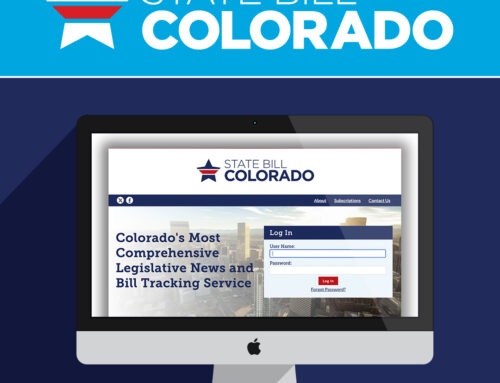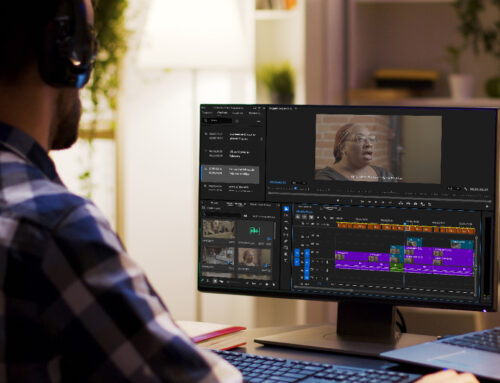Ontario, Canada recently changed its AA Accessibility standards, stating that, per the Accessibility for Ontarians with Disabilities Act (AODA), qualifying private corporations and non-profit companies are required to conform to Web Content Accessibility Guidelines (WCAG) 2.0, Level AA standards on all internet websites and web content.
The fast approaching deadline for compliance is now just three months away, and updates include the need for live captions and pre-recorded audio descriptions. A compliance report is required by Dec. 31 for private and non-profit Ontario-based organizations with 20 or more employees.
The shift could display a trend toward broadening accessibility requirements internationally. In the U.S., compliance to Section 508 of the Rehabilitation Act of 1973 and WCAG standards only apply for Federal agencies, but an increasing number of private and non-profit organizations are facing litigation for non-compliance under the Americans with Disabilities Act (ADA).
Circuit Media graphic designer, Karen Hill, who recently gained the prestigious Certified Professional in Accessibility Core Competencies (CPACC) credential from IAAP, said of the move, “Canada’s laws, on the whole, are more similar to our 508 standards, but there, each province is able to make their own accessibility laws.” For the AODA, she said those standards recently became more stringent.
Karen said, “why wouldn’t you want as many people as possible to have access to your products and services? I expect the trend will be toward that end.”
Hannah Blatter, graphic designer and 508 specialist for Circuit Media weighed in saying, “a key element to getting compliance to be more far reaching is putting some kind of accountability on corporations, which is what we can see is happening in Ontario.”
Circuit Media’s 508 remediation work is largely focused on color contrast correction and other often-overlooked WCAG 2.1 standards. Hannah said her time is largely spent on fixing documents with color contrast, tagging, and font issues. “Always try and think of compliance before you need remediation if you can.”
Circuit Media works to create a culture of accessibility through 508 and plain language where the focus is on creating or promoting the creation of accessible content. Our team strives to provide each client with accessible end products, whether it’s creating a new document or working with existing layouts or designs to create fully compliant documents and presentations.
Karen added, “it’s really just a different philosophy for designers — thinking in terms of compliance before you start thinking about things like layout and white space and other design-heavy factors.”
“It really is vital to start with a solid compliance foundation, and writing in plain language is really where you can take that first step,” said Hannah. Circuit Media’s writing team is well-versed in this practice. The team’s copywriting approach begins with a plain language and language wellness check, ensuring a document is easily understandable for its intended audience.
“I think it would be really great if the U.S. took a leaf out of Ontario’s book on this issue,” said Karen, “and these requirements really provide win-win scenarios for businesses and consumers alike.”
If you need help getting started with document remediation and accessible writing/design services or want to learn more about digital document accessibility, reach out to our remediation team today: [email protected].




